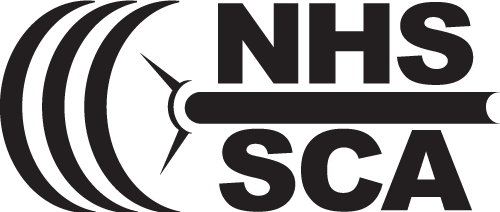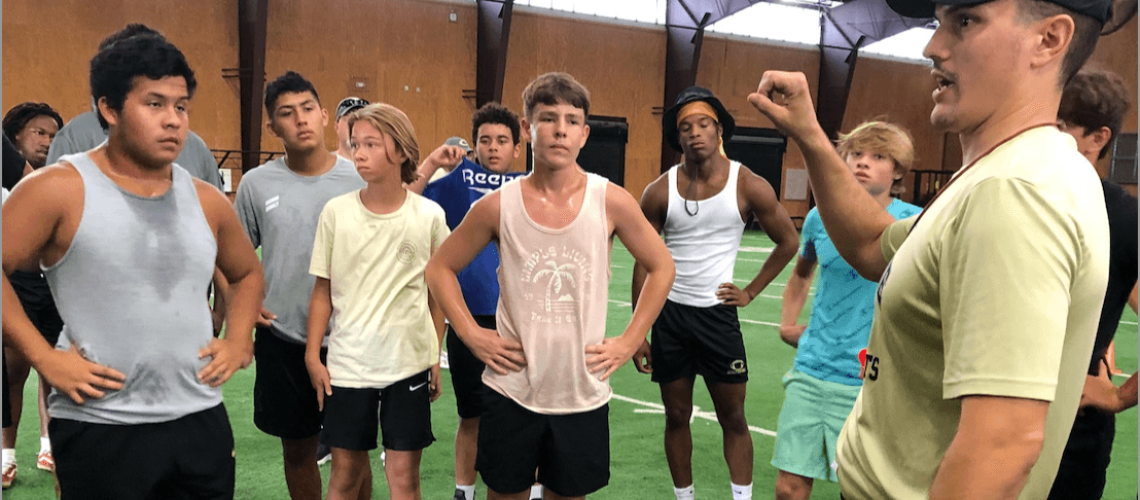By Ross Garner, CSCS
High school strength and conditioning continues to grow year after year. With that, schools are hiring strength and conditioning professionals, including many that have never had a qualified person running their strength and conditioning operations. I have taken over two programs that have never had a strength and conditioning coach before. Starting a program from scratch is hard and is not for every coach, but it can be an extremely rewarding experience.
I have established two brand-new strength and conditioning programs at the high school level: One at a small private school in Florida, and then in my current role as the Strength and Conditioning Coordinator for Cleburne ISD.
In Florida, we trained our high school athletes and incorporated some performance training into our middle school curriculum in year two. Due to the fact it was a private school with small numbers, getting this program off the ground did not take much time because we only needed a small number of people to get on board with our mission.
At Cleburne ISD, we are working with 6-12th grade athletes which puts us around 1,000 students in our system. This has been a larger challenge because there are significantly more people involved in the training process. I’m envisioning a three-year process to iron out details and logistics in order to establish the best athletic performance program in the country.
Here are four keys to successfully establishing a brand-new strength and conditioning program.
1. Make connections with everyone in the athletic department.
Within the first month of your new position, meet with administrators, administrative assistants, athletic trainers, and head coaches. These initial meetings will have a direct impact on how quickly you can get everyone on board with your mission and vision. When you’re coming into a school without a previous strength and conditioning coach, invested parties will have a preconceived notion of what they think you will be doing inside the weight room walls. It is imperative that you’re clear with how you intend to run the program because it will alleviate conflicts early on.
Of all the people you meet with, head coaches will have an immediate impact on how quickly athletes get on board with what you’re doing. If the head coaches are not preaching the same message as you, it will make your life extremely difficult moving forward. There will be coaches who may disagree with how you train the athletes, but all you can do is produce results with them. Eventually, these coaches will come around if there is communication about the why’s of the training process and how you can help their program. If there are still problems after this, then don’t take it personal, because the coach would argue with whomever is in your position.
2. Invest in the big rocks first.
Finding money to fund a brand-new strength and conditioning program can be a struggle. Most programs must fundraise or find money through unique avenues, while very few are given a set budget every year. Yes, the school has invested in you to run the program, but often schools overlook the fact that weight rooms need maintenance and equipment upgrades because they’ve never had a person overlooking the facility.
I believe in putting money toward equipment that the next coach would want when they come in, making it easier for administration to recruit the next coach. Initially, make sure you have the foundational items such as barbells, weights, racks, and dumbbells. Most schools will have these, but you may need to update a few pieces. Next, fill in items that will elevate the foundational training tools such as bands, medicine balls, specialty bars, and certain strength training machines. Lastly, invest in items that can help track metrics such as lasers, jump devices, velocity-based training devices, or program distribution software. Depending on your situation, these may be the first items you request because they are the best ways to quickly create buy-in from coaches and administrators.
3. Figure out the logistics.
This could arguably be the most important factor in setting up a successful S&C department. Logistics to consider include daily and weekly schedule, room layout, data collection processes, and workout layout.
The daily and weekly schedule of the school will have the biggest influence on how you run your program. How many sessions are there a day? How many days will teams train? These two questions will determine much of your programming decisions. Workout layout will be the next biggest factor because it takes into consideration room layout and all the moving parts of a workout. In my current and previous role, it took 6-9 months to determine what is or isn’t working from a training layout perspective.
4. Be patient.
I must remind myself of this every day: Not everything we do is going to go as planned. Initially, not every coach or athlete is going to be onboard with what you are doing. The biggest cure for most problems is time. The longer coaches and athletes are in your system, the more buy-in there will be because they can see results. It will take around three years for there to be noticeable changes in the athletic department from a physical side. If coaches and athletes fully commit, you may see significant changes after two years.
The freshman and sophomore athletes will be the most important ones to focus on since they will be in the system the longest. They will also have no preconceived notions on what training “should” be. The older athletes have previously done it a certain way, so they may be resistant to what you’re bringing to the table.
In the end, the work you put into building a program is worth the time and effort. This is something a school did not have previously, and you’re helping to create a new standard for the athletic department long after you are gone.
Ross Garner is the Strength and Conditioning Coordinator at Cleburne ISD (TX). He has spent his career coaching between the high school and collegiate levels, working with a variety of sports. Coach Garner is CSCS certified and a member of the National High School Strength Coaches Association (NHSSCA).


